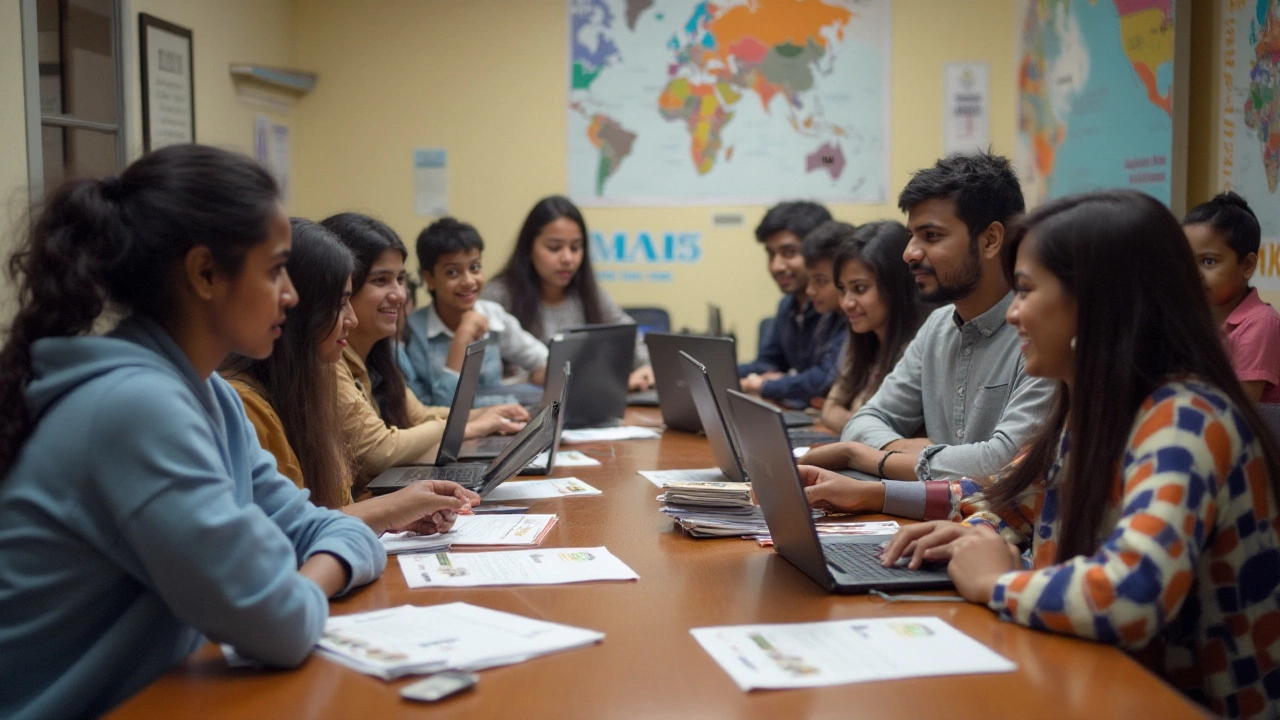Study Abroad Guide: How to Choose, Apply, and Thrive
Thinking about packing your bags and hitting a campus in another country? You’re not alone. Thousands of Indian students chase international degrees every year, and the process isn’t as scary as it looks. Let’s break it down into bite‑size steps so you can move from dreaming to boarding a flight.
Why Go Abroad?
First off, studying overseas isn’t just about a fancy passport stamp. It gives you exposure to different teaching styles, boosts your resume, and often opens doors to global career networks. Many top companies value the adaptability and cross‑cultural skills you pick up abroad. Plus, you get to explore new food, make friends from around the world, and maybe even pick up a new language.
Steps to Make It Happen
1. Pick the right destination. Ask yourself what matters most – tuition cost, language, climate, or job prospects after graduation. Countries like Canada and Australia offer post‑study work visas, while Europe often has lower tuition for international students.
2. Choose a program that fits your goals. Whether you want a full‑time bachelor’s, a short‑term exchange, or a master’s in a niche field, read the curriculum, faculty bios, and placement stats. Look for programs with strong industry links if you aim for a job abroad.
3. Get your finances in order. Start with a budget that covers tuition, living costs, travel, and emergency fund. Research scholarships early – many universities have merit‑based awards for Indian students. Websites like Studyportals and scholarship portals list hundreds of options.
4. Prepare your documents. You’ll need academic transcripts, a statement of purpose, letters of recommendation, and a valid passport. Keep digital copies and double‑check each university’s checklist to avoid last‑minute surprises.
5. Nail the English test. Most overseas programs require IELTS or TOEFL scores. Aim for at least 6.5 in IELTS or 80 in TOEFL to stay safe. Practice with free online resources, take mock tests, and schedule your exam at least three months before deadlines.
6. Apply on time. Universities have different deadlines for early and regular rounds. Mark them on a calendar and submit each application a week early. A well‑crafted personal statement that tells your story can set you apart.
7. Secure your visa. Once you get an admission letter, start the visa process right away. Gather proof of funds, health insurance, and a completed visa application form. Attend the interview confidently – know why you chose the course and how it fits your career plan.
8. Plan your arrival. Book accommodation, arrange airport pickup, and join student forums. Many campuses have buddy programs that pair you with a senior student to help you settle in.
Remember, the whole journey is a learning curve. You’ll hit hiccups, but each challenge teaches you something new. Keep a checklist, stay organized, and don’t hesitate to reach out to alumni or education counselors for advice.
Ready to take the first step? Start by listing three countries you’re curious about, then dive into the specific universities that match your field. The sooner you begin, the smoother the ride will be.
Jun
5

- by Dhruv Ainsley
- 0 Comments
Cheapest Country to Study Abroad: Get the Most for Your Money
Trying to find the cheapest country to study abroad isn’t as simple as Googling tuition fees. There’s way more at play, like the cost of living, visas, and even how much ramen you’ll be eating. This article breaks down the real-world costs in the top budget-friendly countries, compares what you get for your money, and gives you practical tips you won’t find on university websites. If you’re looking to make your money work harder while earning a good degree, read on. No fluff, just what actually matters.
Dec
18

- by Dhruv Ainsley
- 0 Comments
Understanding the Most Coveted Scholarship Exams Worldwide
Navigating the landscape of scholarship exams can be daunting for students aiming for higher education support. Key scholarship tests around the world offer opportunities for financial assistance, each with its unique criteria and eligibility requirements. Understanding these exams is essential for maximizing the chances of securing a scholarship. This article delves into the most prominent scholarship tests, offering insights and tips for prospective applicants.